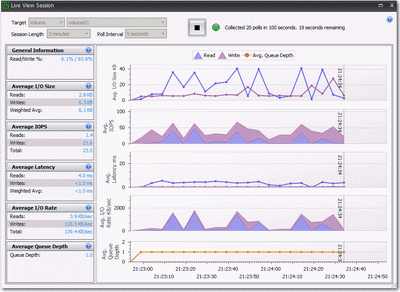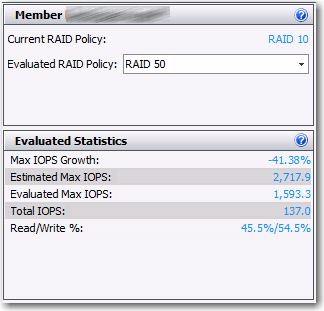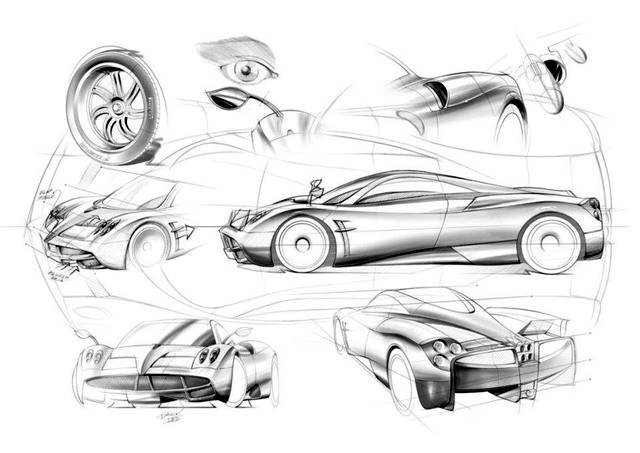Equallogic Latest Release: Firmware V5.1.2, SANHQ 2.2, HIT/VMware 3.1.1
No more worries using the pre-released or pre-production versions. As usual, it’s recommended to wait for at least another month before upgrade to the latest firmware.
I am going to try the latest SANHQ and HIT/VMware this week for sure.
Equallogic PS Series Firmware, version V5.1.2
Enhanced Load Balancing, VSSA and Thin Provision Stun
SANHQ 2.2
Live View and 95th Percentile Reporting, as well as RAID Evaluator (ie, R10 > R50 performance prediction)
HIT/VMware 3.1.1
Support for VMware Version 5, VMFS 5, Thin Provision Stun, VASA, Datastore Clusters and Storage DRS
Finally, I also noticed the release of a newer version of EqualLogic Multipathing Extension Module (MEM) V1.0.1
Update: Oct 27, 2011
I’ve upgraded the SANHQ to version 2.2 and immediately tried two of the most interesting features,
1. Live View

It does provide very useful detail ONLY when you need it, such as when you suddently found IOPS is abnormal and wanted to find out which volume is causing the problem. However to be honest, I would rather use VMTurbo’s Usage for VM table, it’s much easier and easy to find the bad VMs.
2. RAID Evaluator

I found this is the most useful one in my own environment as I may expand my Equallogic SAN capacity by changing from RAID10 to RAID50, so I definitely need to know the estimated performance decrease if I do so, it shows me 41%, wow, that’s huge!
I recevied a false alarm email with subject “SAN HQ Notification Alert” immediately after the SANHQ upgrade completed
Caution conditions:
10/27/2011 9:02:44 PM to 10/27/2011 9:08:08 PM
Caution: Controller failed over in member eql (IT DID SCARE THE HELL OUT OF ME)
Caution: Firmware upgrade on member eql Secondary controller.
- Controller Secondary in member eql was upgraded from firmware version to version V5.0.2 (R138185)
- Condition already generated an e-mail message. If the condition persists, additional messages will be sent approximately every 6 hours.
Caution: Firmware upgrade on member eql Primary controller.
- Controller Primary in member eql was upgraded from firmware version to version V5.0.2 (R138185)
